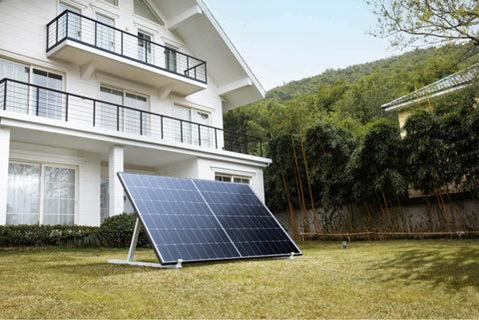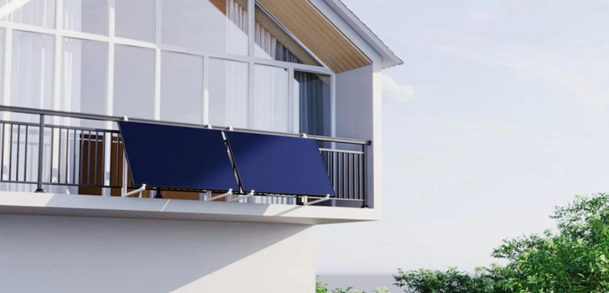Although solar panels are a commendable means of promoting energy conservation, various factors can impact operational longevity. Precisely encountered parameters include temperature, humidity, tilt angle, and wind speed. By comprehensively understanding how these variables affect the durability of solar panels, one can optimize the return on their investment.

Variables that Influence the Solar Panels’ Durability
Tilt Angle
The tilt angle of the ideal solar panels exhibits a direct proportionality to the system’s efficacy. Several distinct methodologies exist for computing this. Specific methods require quantifiable data, while alternative methodologies employ models. Conversely, the optimal angle is determined by your needs, the geographical setting, and the prevailing weather conditions. Its subsequent action is to seek out the maximum quantity of radiation possible. One potential strategy for optimizing the solar panel’s exposure to sunlight is to adjust its orientation in that direction.
Speed of Wind
Earth receives a small amount of solar energy, weakly correlated with wind speed. Notwithstanding this, it can enhance the efficacy of solar panels. The solar panel will become chilly as the sun’s temperature rises, permitting more energy to pass through it. Because of this solar panel, the atmospheric temperature will increase. This could lead to extended operational longevity for solar panels. Conversely, there are certain limitations on the quantity of electricity generated through wind power. While the patterns exhibited by these components are predictable, the correlation between irradiance and wind is comparatively less so.
Humidity Relative to the Air
When installing solar panels, the relative humidity of the air significantly impacts the panels’ ability to produce energy. Consequently, you must ensure that the materials you employ are meticulously chosen. In contrast to solar panels exposed to low air quality, those subjected to high humidity experience a considerably accelerated aging process. Varies is how relative humidity can influence a solar panel over its lifespan. It is imperative to employ suitable materials and technology to mitigate the effects of these consequences. A robotic spray device and some freshwater can accomplish this task. Insulating the cell and applying anti-static coatings are two further techniques that may be implemented.
Soiling
Depending on the soil composition, the lifespan of solar panels may be shortened. Because of accumulation, the electricity generated by the panels is diminished. Consequently, performing regular maintenance and cleansing on the panels is imperative. Cleaning photovoltaic modules regularly is essential for maximizing their power output, and sprinkler systems represent the most efficient approach to cleansing. Nonetheless, it must be executed sufficiently. Furthermore, a correlation was identified between the magnitude of power produced by the photovoltaic system and the duration of dust exposure for the PV modules.
High-Temperature Conditions
For residents residing in regions characterized by high temperatures, it should not surprise that elevated temperatures can compromise the durability of solar panels. The straightforward explanation is that their ability to generate electricity diminishes as the panels heat up. Conversely, elevated temperatures may also harm the remaining constituents of your internal system. As a result, an initial reduction in the intercellular voltage is observed. This may affect your power generation and contribute to a more significant loss throughout the system. Additionally, a few water droplets may accumulate on the panels when the sun is beaming, and the efficacy of the cells is compromised due to the reflection of sunlight away from them by these particles.

Conclusion
To ensure that your solar power system or balcony solar device will live up to its maximum lifespan, it is essential that you become aware of the several factors that contribute to its functionality. These factors include the tilt angle, speed of wind, humidity, soiling, and high-temperature conditions. Once you become familiar with all these, ensuring the maximum functionality of your solar device will be easy.
